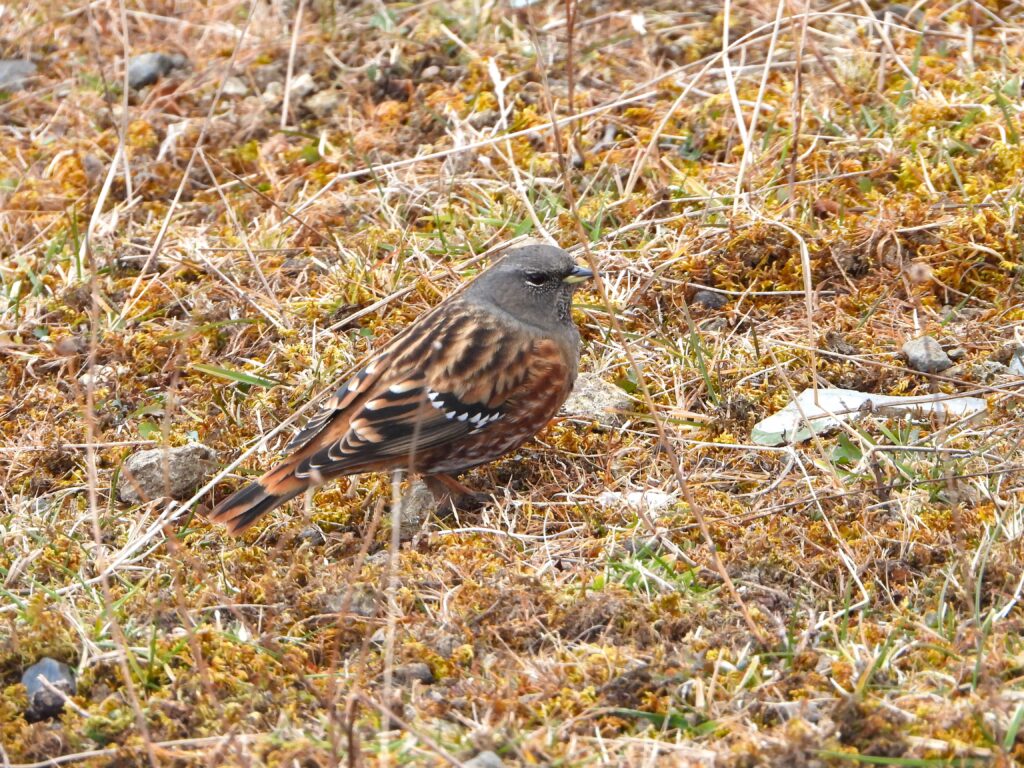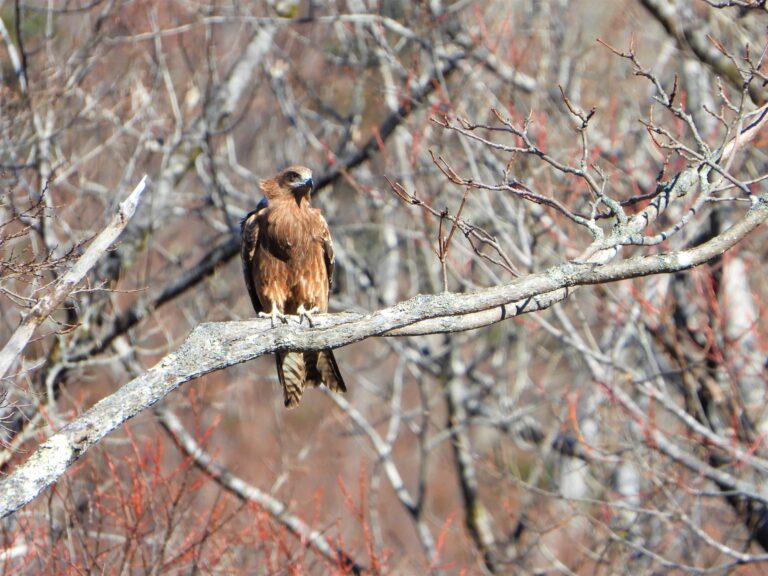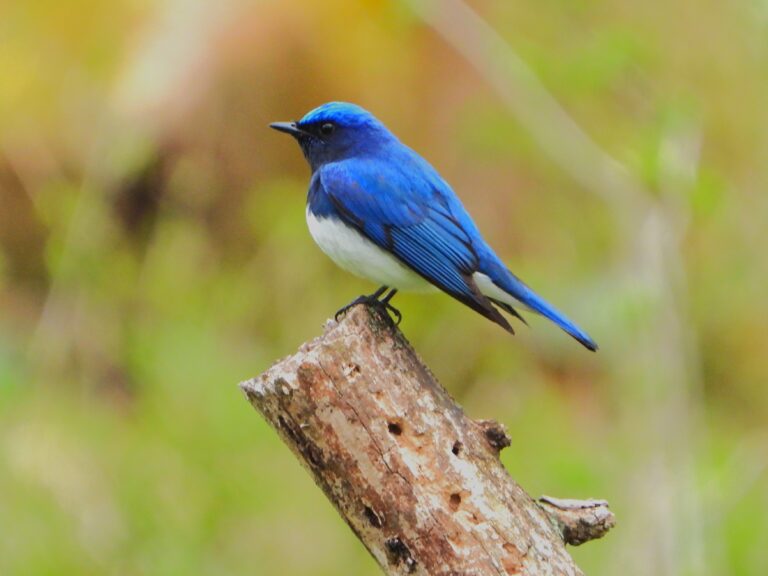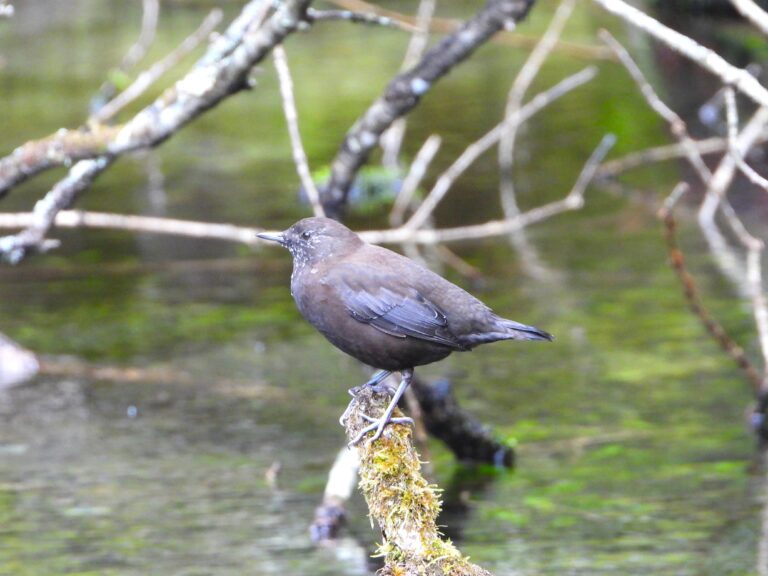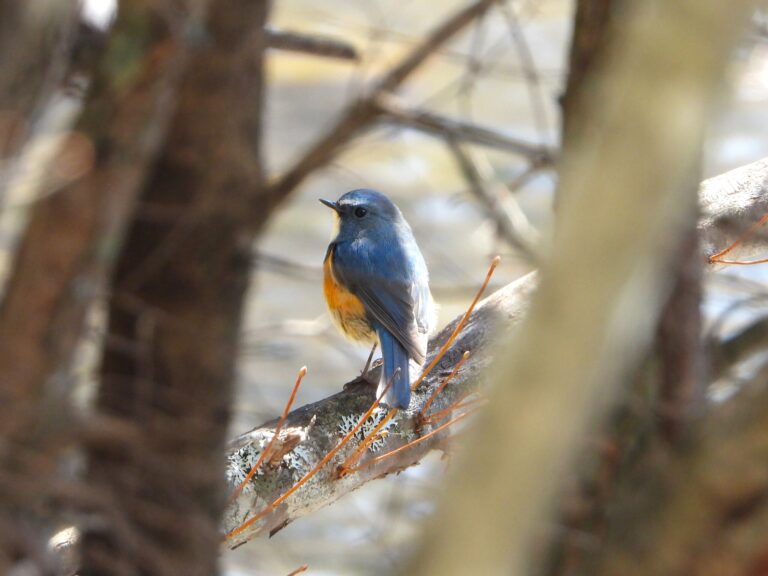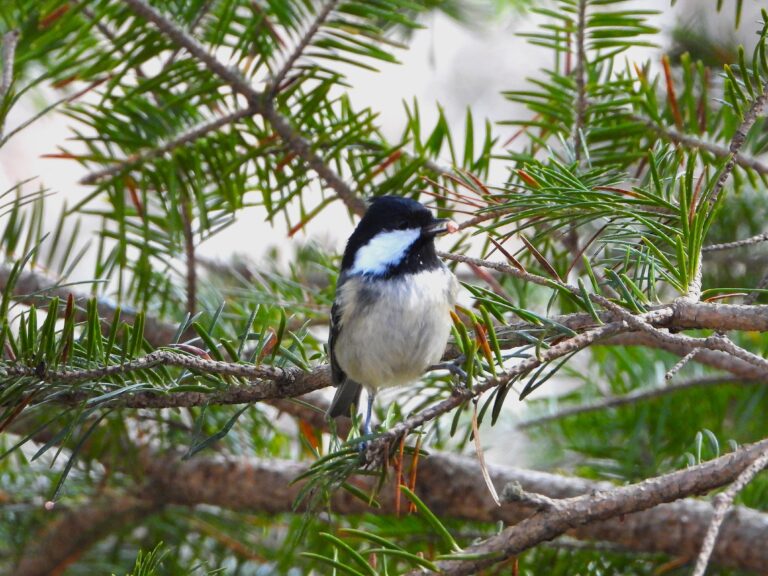Alpine Accentor (Prunella collaris) – Wildlife of Japan
Introduction
The Alpine Accentor is a hardy songbird of Japan’s highest mountains, known for its cooperative, multi-partner breeding system extensively studied on Mt. Norikura.
Appearance
A robust accentor (~18 cm, 33–43 g) with a gray head and breast, fine throat streaks, warm chestnut flanks with pale lines, brown upperparts with paler-edged feathers, and a yellowish base to the bill. Sexes look similar, and juveniles show heavier streaking overall.
Habitat & Distribution
In Japan, it breeds in the true alpine zone above the treeline—open rocky slopes, blockfields, and sparse dwarf-pine mosaics—mainly across the North, Central, and South Alps, Mt. Norikura, Mt. Hakusan, and around Mt. Fuji. In winter, it often descends to lower altitudes, foraging on stony ridges near its breeding peaks.
Some studies suggest that females and younger birds tend to move farther downslope in winter than older males. It also coexists with the Japanese Accentor (Prunella rubida) but mainly uses higher and more open alpine habitats.
Where to See in Japan
Reliable summer sites include Mt. Norikura, Mt. Hakusan, and the Tateyama–Murodo plateau along the Alpine Route. Around Mt. Fuji, it occurs above about 2,500 m. Look around cairns, hut roofs, or gravel edges near melting snow in the early morning or late afternoon.
Behavior
Often confiding around mountain huts and cairns, it forages on the ground in loose groups, running and pecking among stones and along snow edges. The song is a fluid, bright warble delivered from rocks or during short display flights. Outside the breeding season, small flocks are common.
Diet
Insects and other arthropods dominate in the breeding season, while seeds and small fruits are taken more frequently in winter. On Japanese peaks such as Norikura and Hakusan, studies describe intensive ground foraging and the use of arthropods concentrated along snow margins.
Reproduction
Japanese populations have been the classic model for polygynandry: stable groups (typically 3–6 males with 3–5 females) in which each female lays in her own nest, and multiple males help feed the chicks of females they have mated with. Groups defend large, slightly overlapping home ranges.
Conservation
Globally widespread across Eurasian mountains and generally common where alpine habitat persists. In Japan, population numbers are not yet well known. Avoid approaching ground nests and keep to trails during the short alpine breeding season.
Author’s Impression
The Alpine Accentor is remarkably tame. When you rest near the treeline after a long climb, one may quietly hop closer, its presence bringing a gentle comfort to tired hikers.
